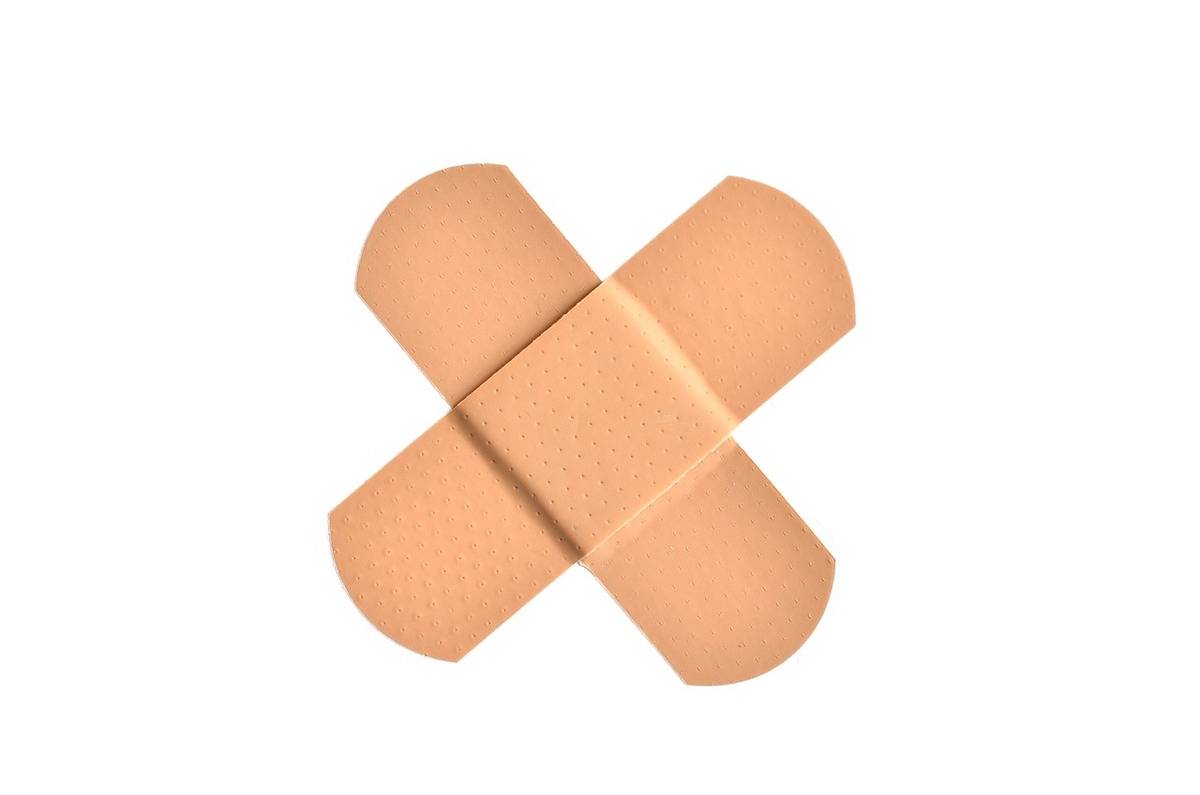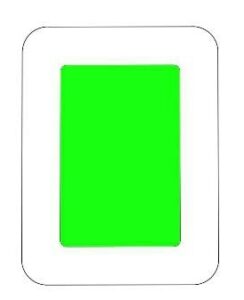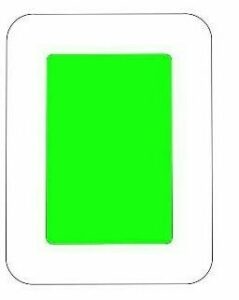 On 22nd January 2024 a decision was taken by the UK IPO regarding the validity of a registered design no 6196574 in the name of UAB ORBIO WORLD (UAB).
On 22nd January 2024 a decision was taken by the UK IPO regarding the validity of a registered design no 6196574 in the name of UAB ORBIO WORLD (UAB).
The registered design was filed on the 15th March 2022, showing a ‘cosmetic patch’. The main illustration of the design is depicted below:

The invalidity action was filed by MB ‘VIZUALI RECLAMA’ (MB) on 14th July 2022 on the basis that the product depicted in the registered design created the same overall impression as a design that had been made available to the public as early as October 2018. Consequently, the applicant claimed that the registered design was not “new” and that it had lacked individual character when the application had been filed.
In support of their claim, MB filed copies of catalogues, invoices, and pages of similar designs from Alibaba and Amazon online marketplaces from 2021 and earlier.
Under section 11ZA(1)(b) of the Registered Designs Act 1949, the registration of a design may be declared invalid when it does not fulfil the requirements of section 1B – 1D of this Act.
MB’s evidence included documents showing prior disclosure of a foot patch applied to the sole to draw and absorb toxins. The colour in the centre of the patch appeared to reflect the active substance, green in colour.
MB adduced that the patches are manufactured in China and are available for onward sale in customised packaging chosen by the trade buyer. This was shown in evidence which consisted of extracts from the Alibaba website showing the sale of patches and invoices for these patches dated from 2019.
An example below shows a product bearing a similar design dated November 2022 (after the relevant date) taken from the Amazon UK platform. MB relied on an indication that the products were first made available on 13th of April 2020 (i.e. before the relevant date).

In defending, UAB submitted there were ‘reasonable doubts’ about the example product depicted above and submitted as a prior disclosure had always been the same; they highlighted that product images can be easily amended yet still maintain the ‘first made available date’.
Further doubts were raised on the basis that customer feedback was not for this particular product on offer and appeared to relate to different products. In one feedback on Alibaba, a reviewer referred to an ‘eye mask’ and the other to a ‘jelly bath’. UAB stated this undermined the probative value of MB’s evidence.
In this case, the Hearing Officer believed the evidence submitted by MB raised a serious question about the exact nature of the products offered on Alibaba: were these foot patches, eye masks, or jelly masks? The Hearing Officer concluded that given the stark differences between the products, it was reasonable to assume the reviews were posted against the wrong products rather than indicating that the original offer did not relate to foot patches but rather instead to eye masks and/or jelly baths.
This thought process demonstrated that the Hearing Officer considered thoroughly all the evidence submitted in order to evaluate the prior disclosure of a design. It was necessary to assess the probative value of the evidence by looking at third-party reviews as well as the images depicted and the first available date for adverts on online marketplace sites to determine the date of disclosure and the nature of the products shown.
The Hearing Officer looked at the reviews before the date of application and concluded that some were indeed written about the product depicted. The reviews matched the information about how the foot patches were intended to be used by the consumer.
Consequently, the Hearing Officer concluded that the evidence submitted consistently demonstrated that foot patches such as the type protected under the registered design (and shown above) had indeed been made available and disclosed in the UK prior to the relevant date.
Following a determination that the evidence submitted showed there to be “prior disclosure”, the Hearing Officer then had to decide if the registered design was “new”, i.e., whether it was identical to the prior disclosure or if it differed by “immaterial” details only.
The Hearing Officer compared the two products by assessing the products based on the top-down view, as shown below.
It was noted that the corners of the prior art product were more rounded than those of the registered design and the green square insert had sharper corners than the more rounded corners shown by the registered design. These trivial differences were considered to not affect the overall impression created by the designs.
The main difference observed was the relative size of the inner green square (intended to store the active substance), the shade of green used and the shape of the product as a whole.
On balance, the Hearing Officer was satisfied that when taking everything into account, the differences were not “immaterial” and had some significance.
Accordingly, the registered design was considered to be a “new” design when compared to the prior art.
The registered design:

The prior art:

The next assessment was whether the registered design possessed the necessary level of individual character when compared to the prior art. This test depends on the overall impression a design produces on the informed user, which must differ from the overall impression produced on a user by the prior art.
The informed user was determined to be a user of foot patches interested in the product concerned; a user in this case would be particularly observant and would pay a relatively high degree of attention to a product of this nature because it is intended to be applied directly to the body for treatment of a personal condition.
It was noted the registered design was very simple, consisting of a rectangular square with rounded corners within a broadly rectangular green section occupying around 60% of the width of the overall product and about 80% of its height.
The prior art, on the other hand, consisted of a rectangular shape with rounded corners, with the broadly rectangular green section occupying about 60% of the width of the overall products and about 60% of its height. The shade of green shown in the registered design was noted to be significantly lighter and more vivid than the dark colour of green in the prior art.
Further, although it was noted there was some design freedom regarding the relative dimensions of the outer area and green area and that the designer was also free to select the exact colours used in the patch, the Hearing Officer found that there was a very limited degree of design freedom in this case.
The differences in the size and colour of the green centre area notwithstanding, it was found that this would not change the overall impression on the informed user when selecting a patch for purchase.
In sum, it was held that the registered design was invalid because it did not distinguish itself sufficiently from publicly disclosed prior art.
Comment
Design registration can be a very effective way of protecting the shape and configuration of an object. Usually, the path to design registration is very quick and in practice there is little to stop a design from becoming registered.
However, that does not mean a registered design is untouchable; registered designs can be challenged and invalidated successfully if it can be shown that the design in question is not new and that other very similar designs exist in the public realm. The success of any such case would rest and fall on the evidence.
If you are considering protecting your product through design registration or are interested in challenging the validity of a third party design registration then get in touch with us now for a FREE consultation and let us help you.